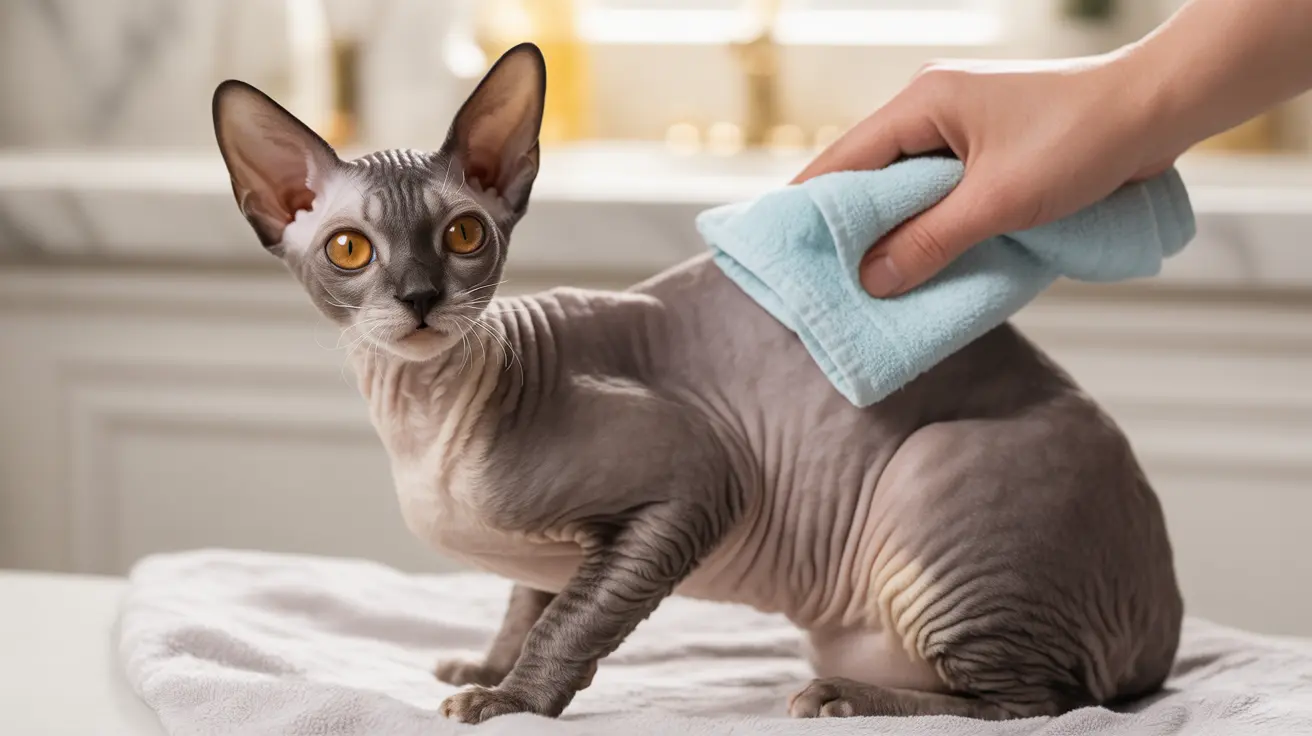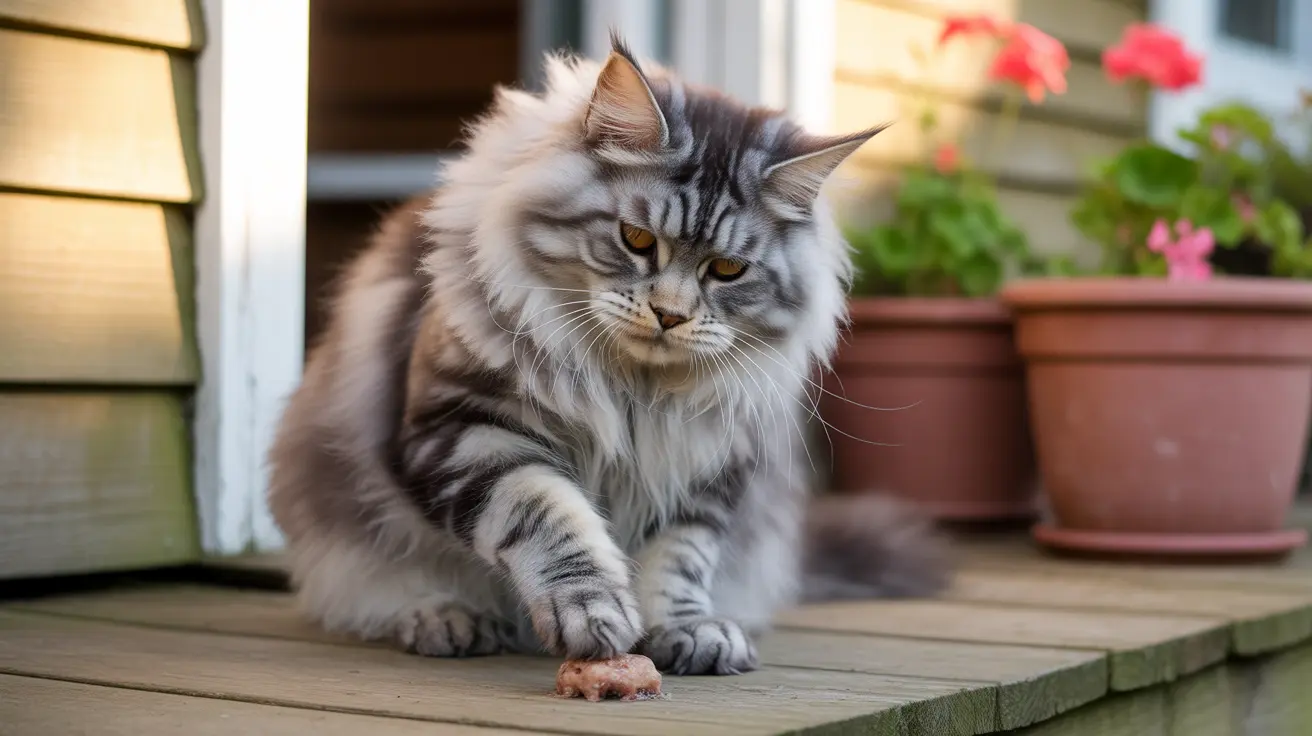The Unique Cornish Rex Coat Structure
Cornish Rex cats possess an extraordinary single-layer coat that sets them apart from other breeds. Unlike typical cats that have three layers of fur (guard hairs, awn hairs, and down), Cornish Rexes only have the soft, curly undercoat. This distinctive feature results in their signature wavy, velvet-like texture that feels similar to cashmere or silk.
Their unique genetic mutation affects not just their body fur but extends to their whiskers and eyebrows, which often share the same curved appearance. This special coat structure directly influences their shedding patterns and maintenance needs.
Shedding Patterns and Characteristics
Due to their single-layer coat, Cornish Rex cats shed noticeably less than most other cat breeds. While they do shed some fur as part of their natural hair growth cycle, the amount is minimal compared to cats with traditional double or triple-layer coats.
The shed fur rarely becomes airborne or spreads throughout the house, making these cats an excellent choice for those who prefer a cleaner living space. However, it's important to note that while shedding is reduced, it's not completely eliminated.
Grooming Requirements and Maintenance
Despite their reduced shedding, Cornish Rex cats require regular grooming to maintain their coat's health and appearance. Their skin tends to produce oils that can accumulate if not properly managed. Here's what you need to know about grooming:
- Regular bathing (every 2-4 weeks, depending on oil production)
- Gentle wiping with a soft, damp cloth between baths
- Minimal brushing to avoid damaging their delicate fur
- Special attention to cleaning their large ears
Managing Environmental Factors
The Cornish Rex's unique coat offers limited protection from environmental elements, making them particularly sensitive to temperature changes. They should be kept primarily indoors and provided with:
- Warm, cozy sleeping areas
- Protection from direct sunlight and cold drafts
- Appropriate clothing or blankets during colder months
- Regular monitoring of skin condition
Frequently Asked Questions
How much do Cornish Rex cats shed compared to other breeds?
Cornish Rex cats shed significantly less than most cat breeds due to their single-layer coat. While they do shed some fur, it's minimal and usually less noticeable than traditional cats with multiple coat layers.
What special grooming practices are needed to manage a Cornish Rex's unique coat?
Regular bathing every 2-4 weeks, gentle wiping with a soft cloth, and minimal brushing are essential. Avoid over-brushing as their delicate fur can be damaged easily.
Are Cornish Rex cats hypoallergenic despite their minimal shedding?
No, Cornish Rex cats are not hypoallergenic. While they shed less, they still produce allergenic proteins in their saliva, skin cells, and dander that can trigger allergic reactions.
How often should I bathe and brush my Cornish Rex to keep their coat healthy?
Bathe your Cornish Rex every 2-4 weeks depending on oil production, and limit brushing to occasional gentle sessions with a soft brush or grooming mitt.
What are the best ways to care for a Cornish Rex's skin and prevent oil buildup?
Regular bathing with cat-specific shampoo, maintaining a clean environment, and monitoring skin condition are crucial. Use gentle cleaning products and ensure thorough drying after baths.
Conclusion
While Cornish Rex cats do shed, their unique coat structure results in minimal shedding compared to other breeds. Understanding their specific grooming needs and providing appropriate care will help maintain their distinctive appearance and ensure their comfort and health. Their reduced shedding, combined with their affectionate personalities, makes them wonderful companions for those seeking a cleaner home without sacrificing the joy of cat ownership.






